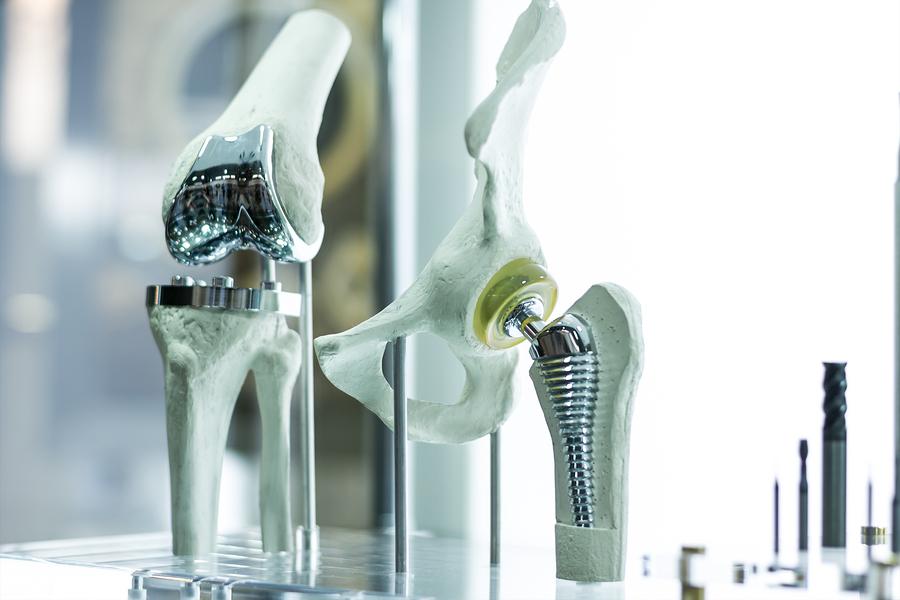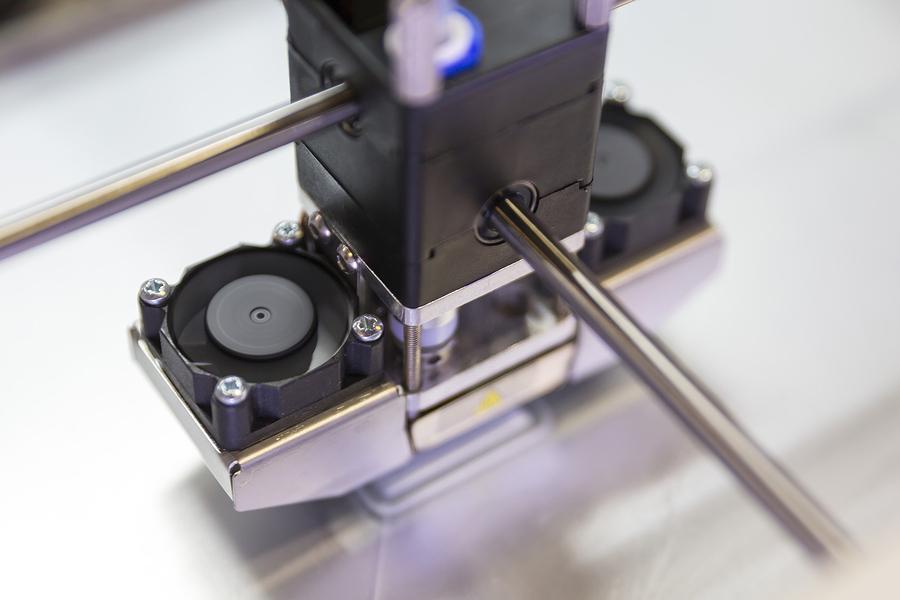
This development in technology could soon be used to bind tendons and bones together using live tissue! This is a fairly new discovery and the technology is not yet approved for human use. However, the potential for improvements to ongoing care and post-surgery results for patients are potentially huge!
Present Day Bone Grafts
In the present day when a bone graft needs to take place, ceramics or mineralised collagen are used. However, there are some side effects associated with current techniques which can generally be expected any time a foreign object is introduced into the body of a patient. It is likely that the patient could experience an infection, as well as pain in and around the area.
There is also the possibility that the implant could become displaced, which can then lead to a whole host of other problems. The use of this new hyper-elastic bone could limit these side effects, thereby improving the result that the patient can expect.
New Method Research
Animal testing has been utilised to check the viability of this innovation, with early tests in mice yielding positive results. Within the first eight weeks of introducing the hyper-elastic bone around two vertebrae, the bone and tissue of the mice had developed to fuse the vertebrae together.
Following the successful mouse trial, the next phase took place using a macaque that had an injury to the skull. The damaged portion of the skull was replaced with the newly developed graft material and in just four weeks the graft had fused with the naturally present bone material to integrate with the skull.
The researchers had several aims when it came to this research project. Not only did they want to create something that could be used successfully in transplants, but they were also striving to create a more cost-effective alternative to existing options. Additionally, they wanted to create something that was easier to implant during an operation than the options currently available, and also something that could be adapted to fit different needs.
The Potential of 3D Technology
Although it still remains to be seen whether this 3D printing technology will actually be more cost effective than current options for orthopedic surgery, it will most definitely be faster and more adaptable. Furthermore, the flexible nature of this kind of material means that surgeons will be able to manipulate the bone much more efficiently than they are currently able to.
One of the most exciting benefits that this technology has to offer is the decreased risk of the materials being rejected by the patient. This means that the material could be useful for coating other treatments of damaged bones, thereby helping other surgeries to be more successful.
For those of you who are not familiar with the concept of 3D printing let us quickly take a look at what it is!
3D printing is the process of creating a solid three dimensional object from a digital file. The machine in question lays down layer after layer, per instruction from a computer, until an entire object is created. The digital file is made through a 3D modelling application, or with a 3D scanner that copies another solid object.
3D Printing in Existing Healthcare Practices
3D printing has already been widely adopted within the healthcare industry and there are several success stories and on-going projects that involve this technology.
Currently at Harvard University researchers are using 3D technology to print blood vessels with the eventual aim of printing entire tissues with a viable blood supply. This research is being led by Dr. Jennifer Lewis and involves the use of dissolving ink and various structural materials in order to create this tissue.
Over at the University of Toronto researchers are exploring the use of 3D printing when it comes to making prosthetics. The creation of traditional prosthetics is incredibly time-consuming and costly. 3D printing is a potential answer to these problems, and it is thought that this could be particularly useful in the developing world in the future, especially in conflict zones where the rate of limb loss is high.
Across the pond in the United Kingdom, a chemist at the University of Glasgow believes that the future of 3D printing could even go as far as pharmaceuticals. The chemist, Lee Cronin, has produced a TED talk, during which he discusses the potential to manufacture chemical compounds via 3D printing. He envisions patients going to an online chemist to obtain a digital prescription and then actually being able to physically print the relevant drug in the home.
These are just a few examples of how the future of medicine is set to be shaped by 3D printing technology and it remains to be seen how this concept will continue to develop!
Resources
Related Posts
Cigarettes May Inhibit Inflammation Treatments
Axial spondyloarthritis, also known as AxSpa, is a chronic…







